Description
‘[an] illuminating natural history of Melbourne…much more than an exploration of how man shaped the landscape.’ The Age
Have you ever wondered why Melbourne is located where it is? Or why it has the shape it does? The original point of settlement was about seven kilometres up the Yarra River from Port Phillip Bay. Urban development in the past 170 years has led to a metropolitan area that today stretches from Caroline Springs in the west to Ferntree Gully in the east and from Broadmeadows in the north to Frankston in the south. The urban sprawl is clearly skewed to the east, south and southeast. What has led to this development?
The Place for a Village looks at the history of Melbourne from the point of view of nature and considers the ways that urban development has been influenced by the nature of local environments. It begins with a reconstruction of what the Melbourne area was like when first seen by Europeans, at the beginning of the 19th century. This book draws on both historical and scientific sources to create a detailed and fascinating picture of diverse landscapes, supporting an enormous range of flora and fauna.
As the city grew, the original landscapes were increasingly altered. The natural history observed by the first settlers is long gone − destroyed or altered beyond recognition − but nature continues to exert a powerful influence on the shape and size of Melbourne.
Gary Presland, historian, will literally change your view of Melbourne.




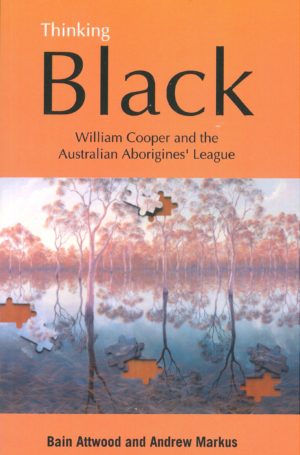
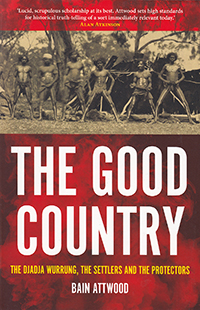


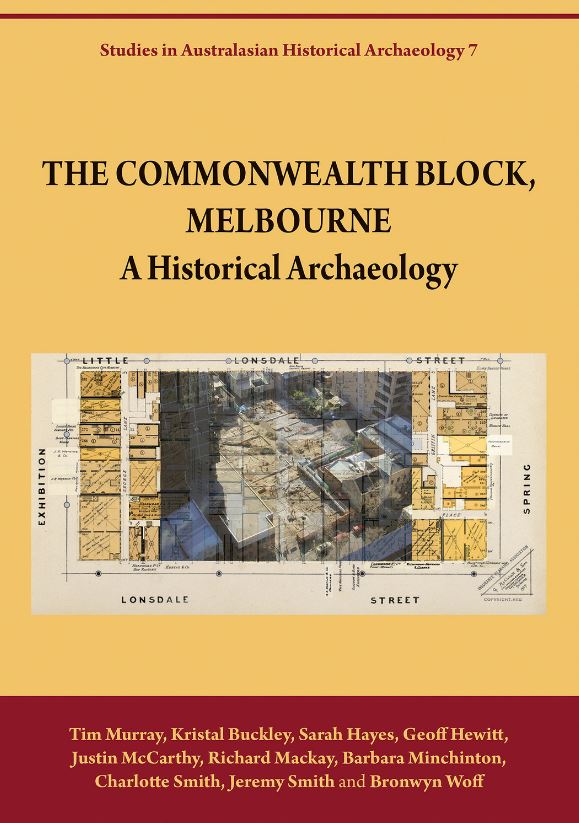
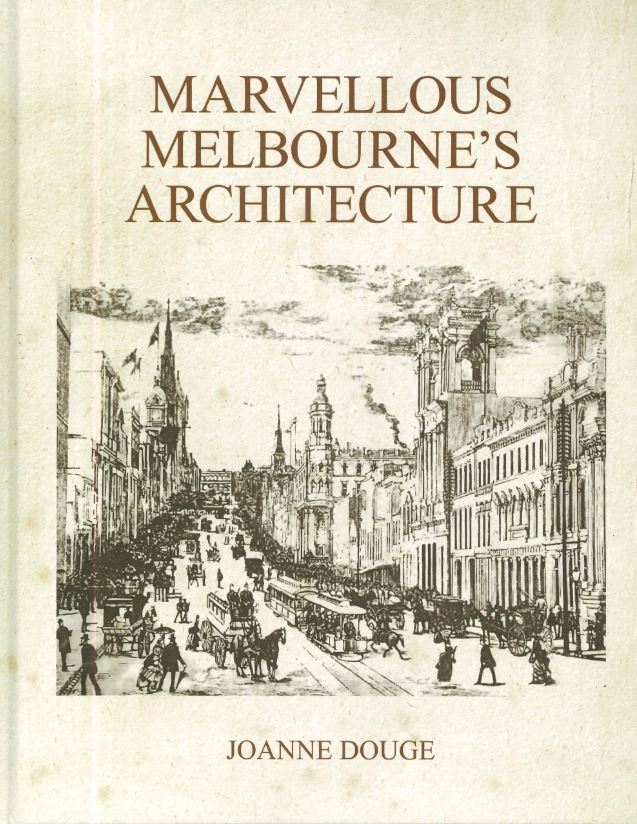
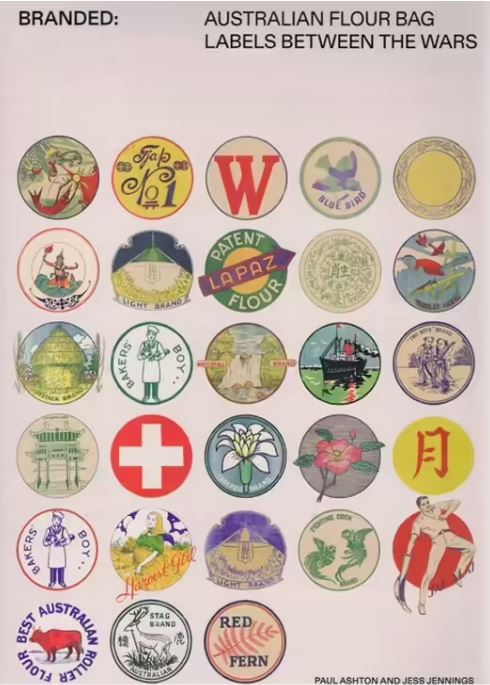
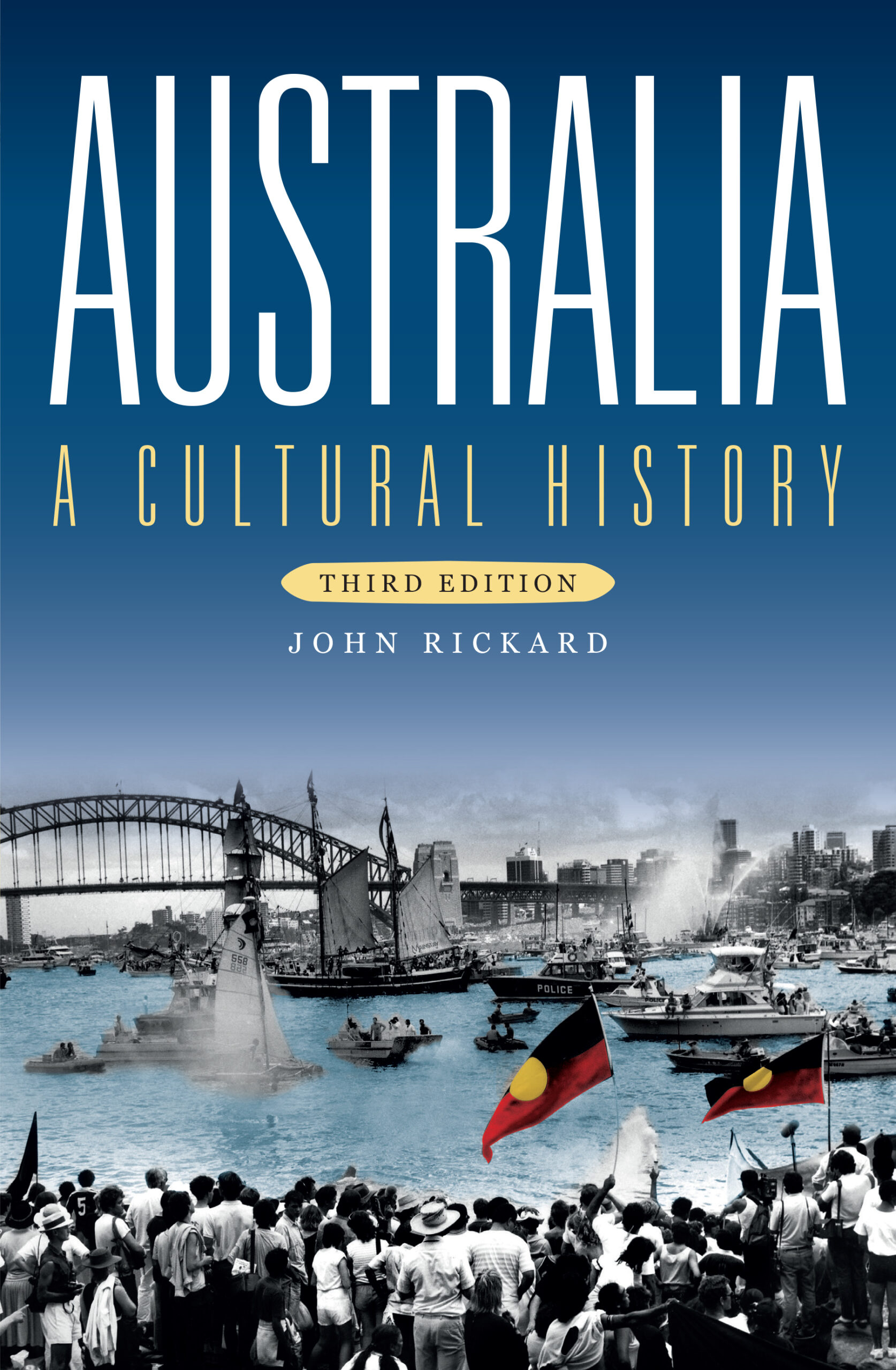
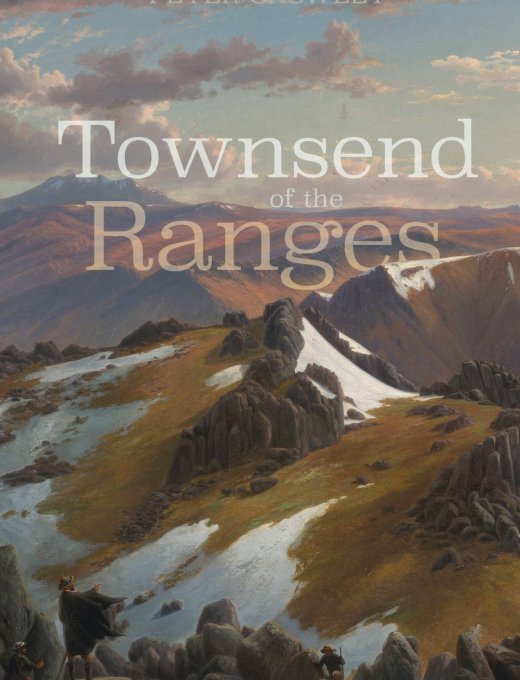

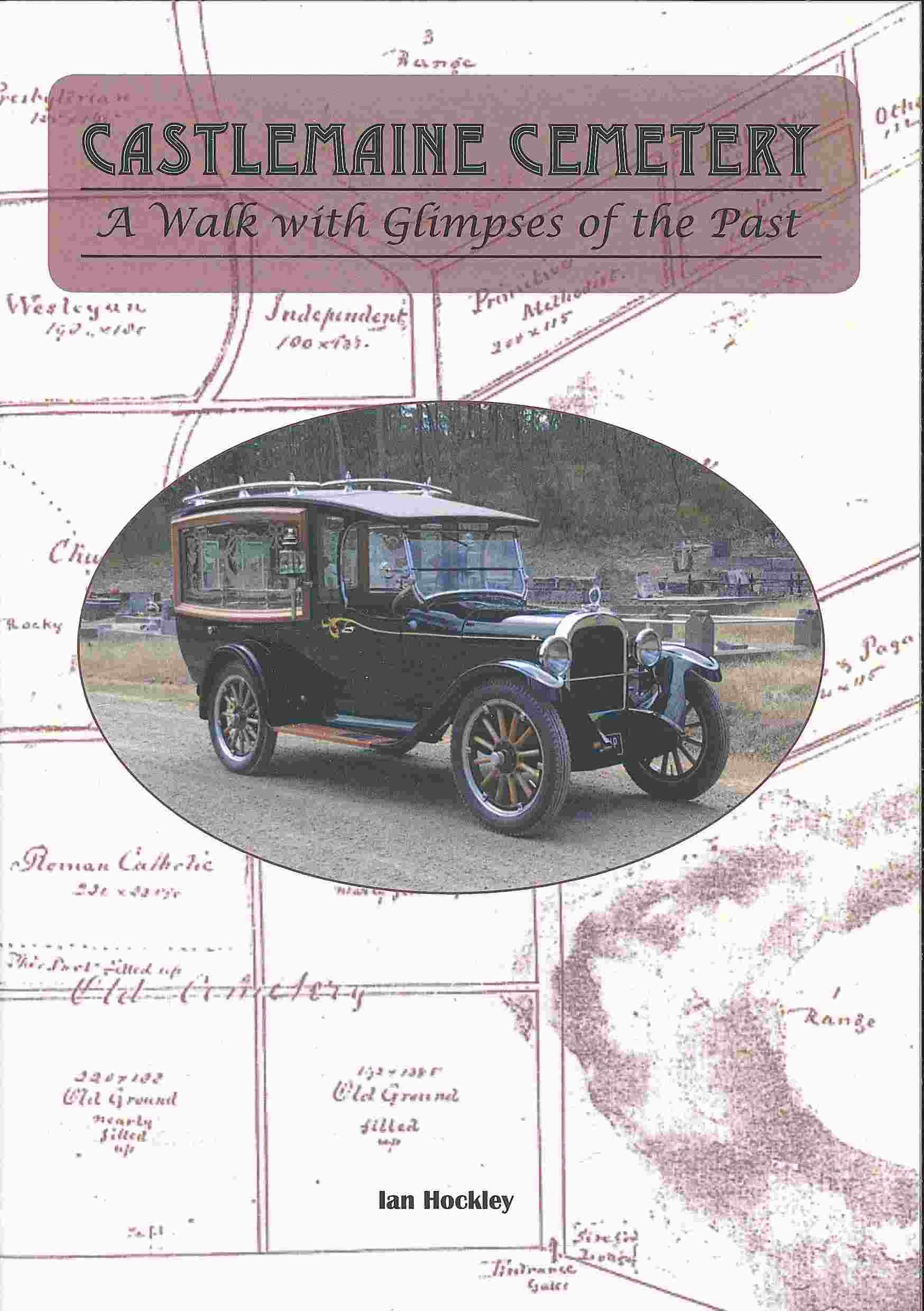

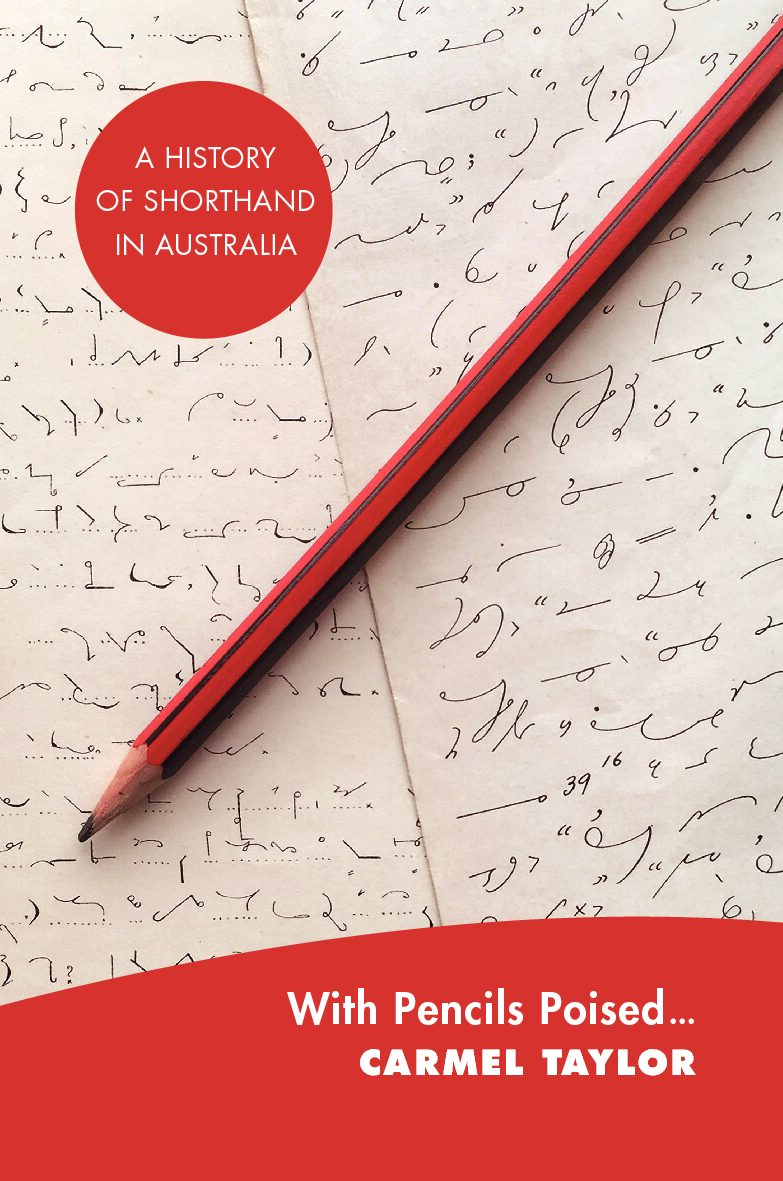
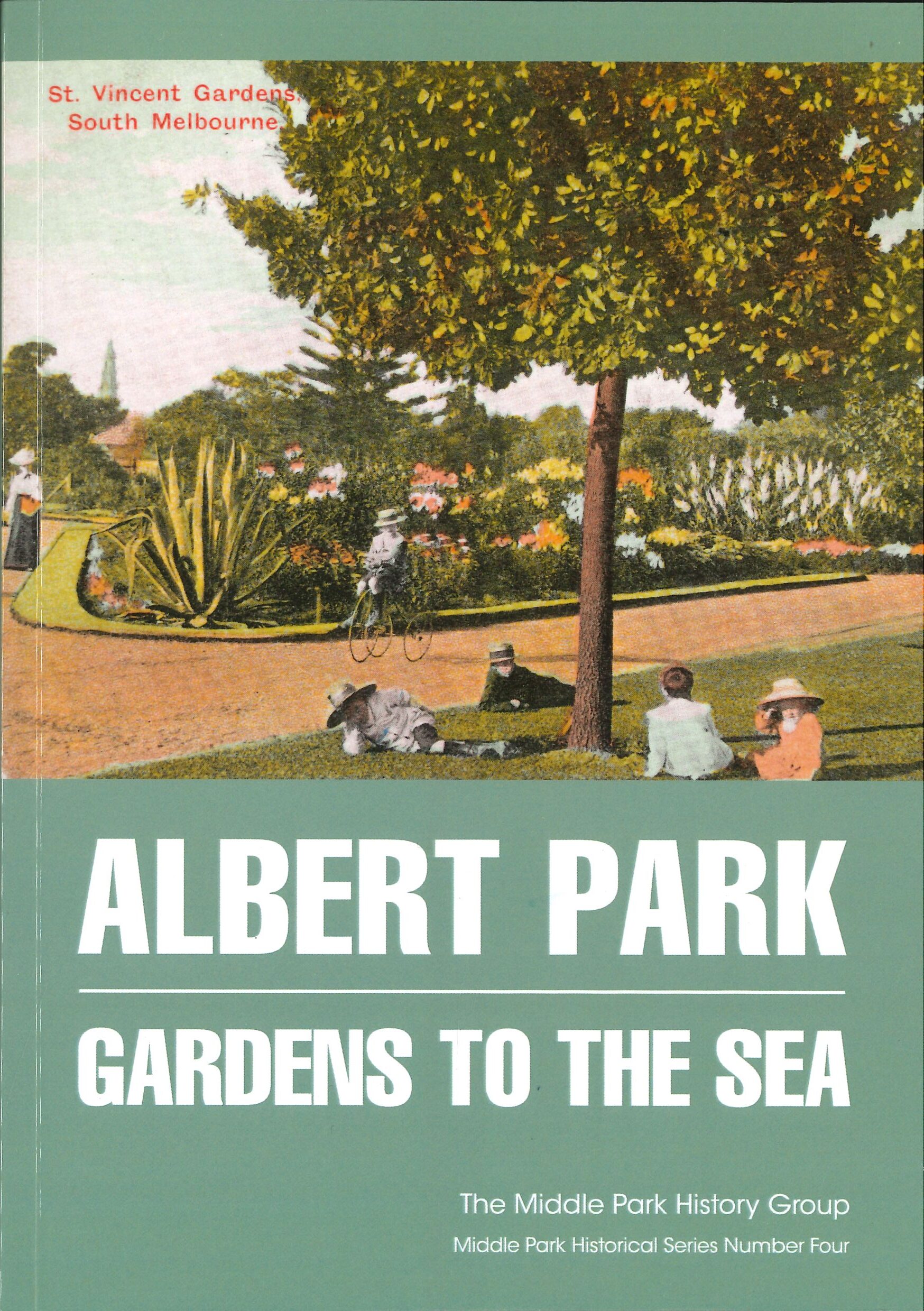

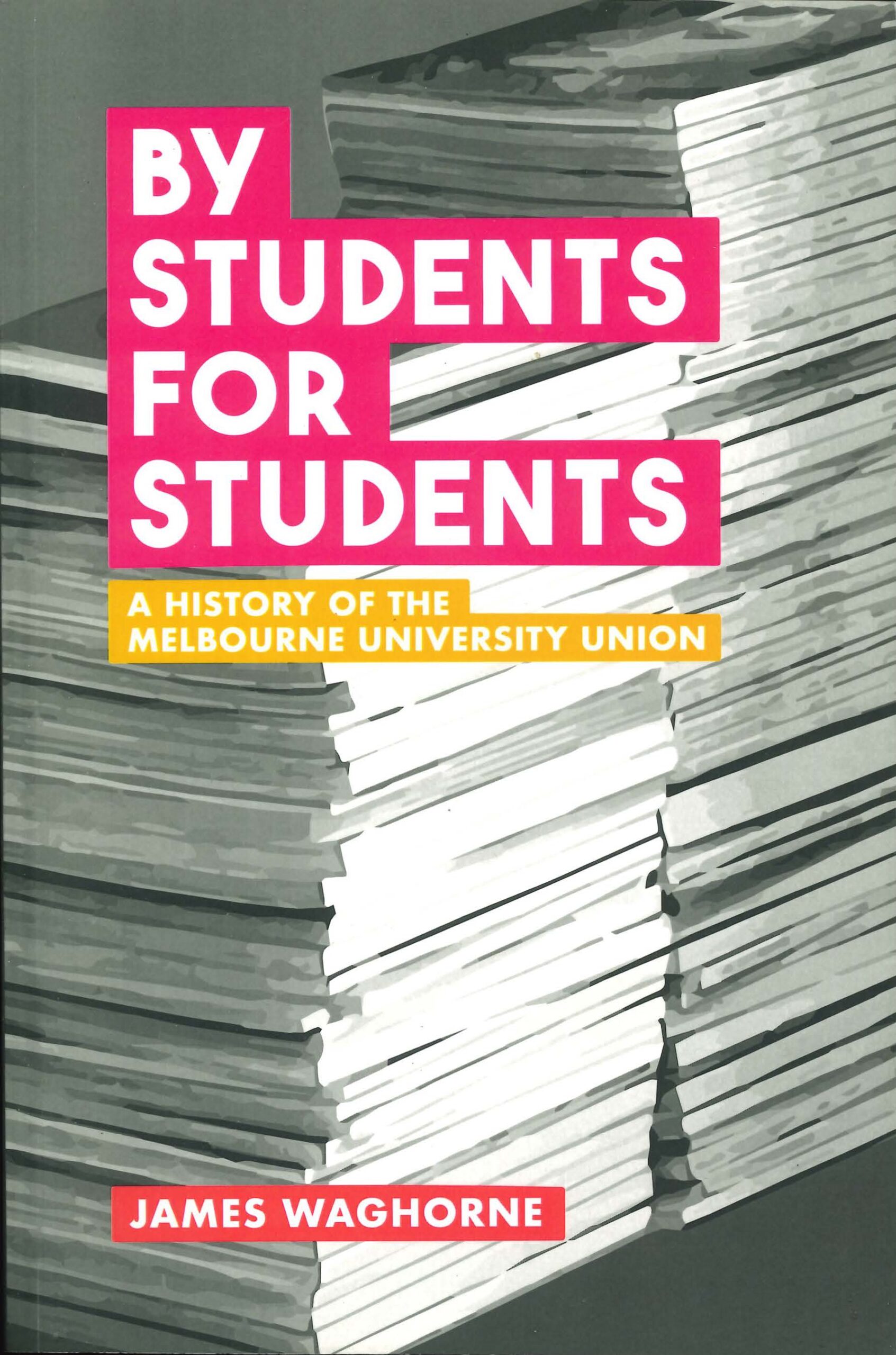

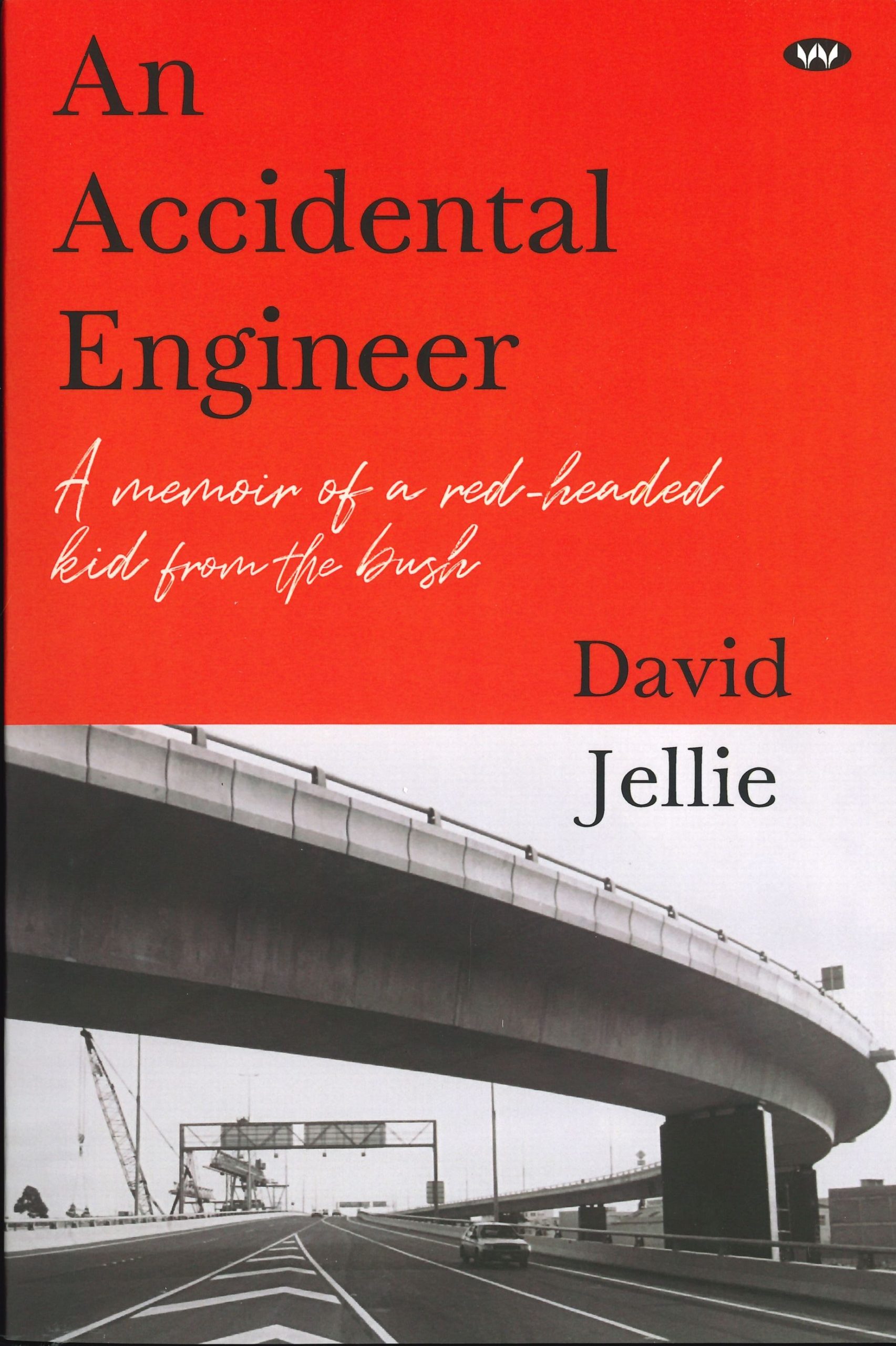

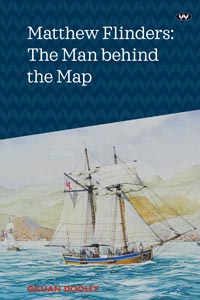
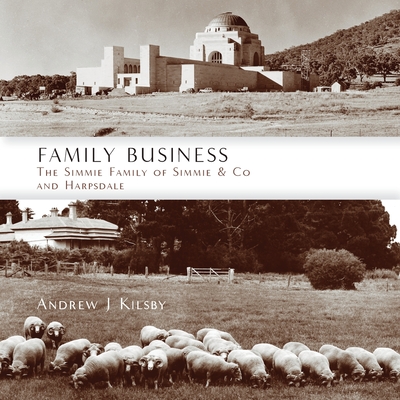
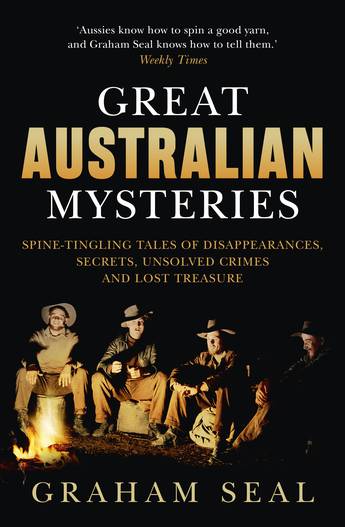
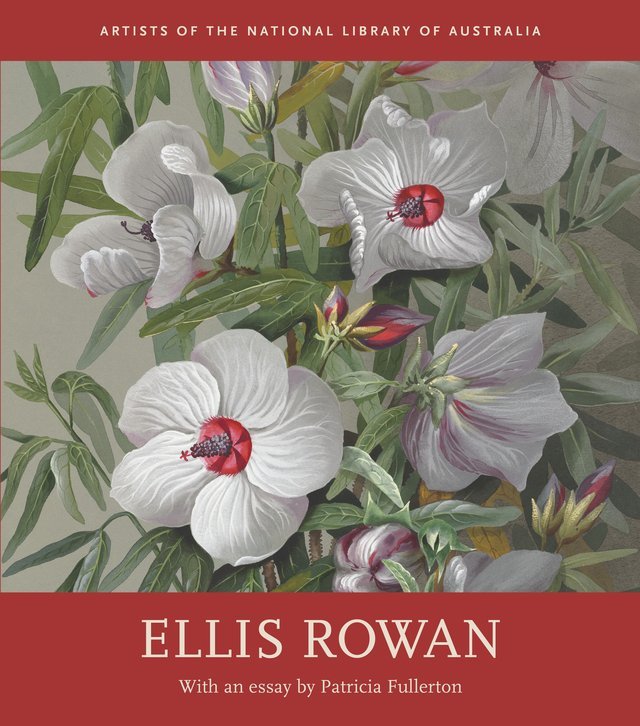

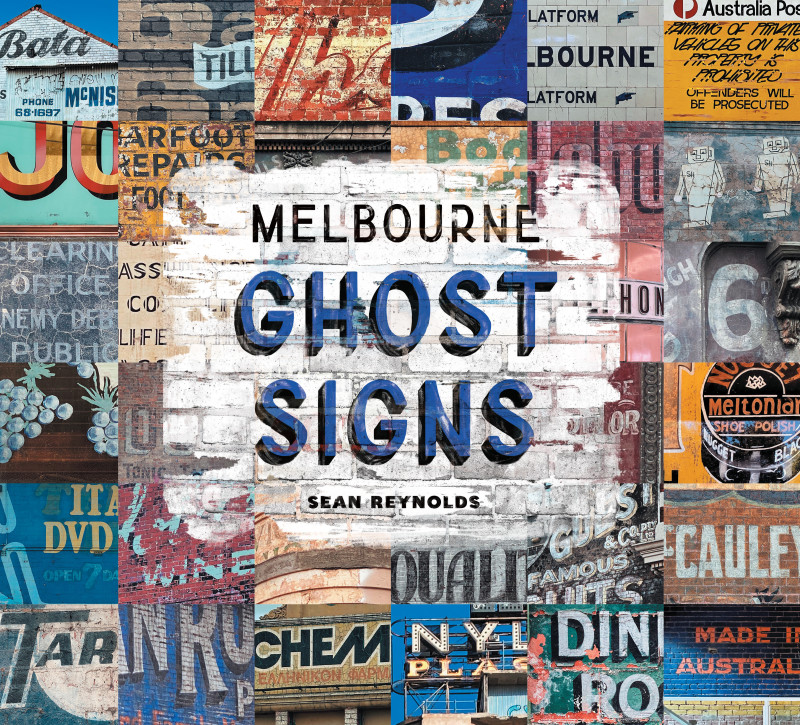

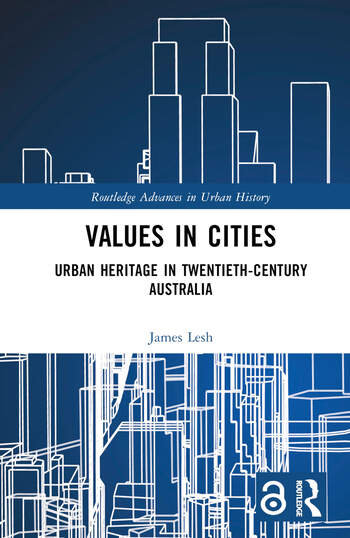
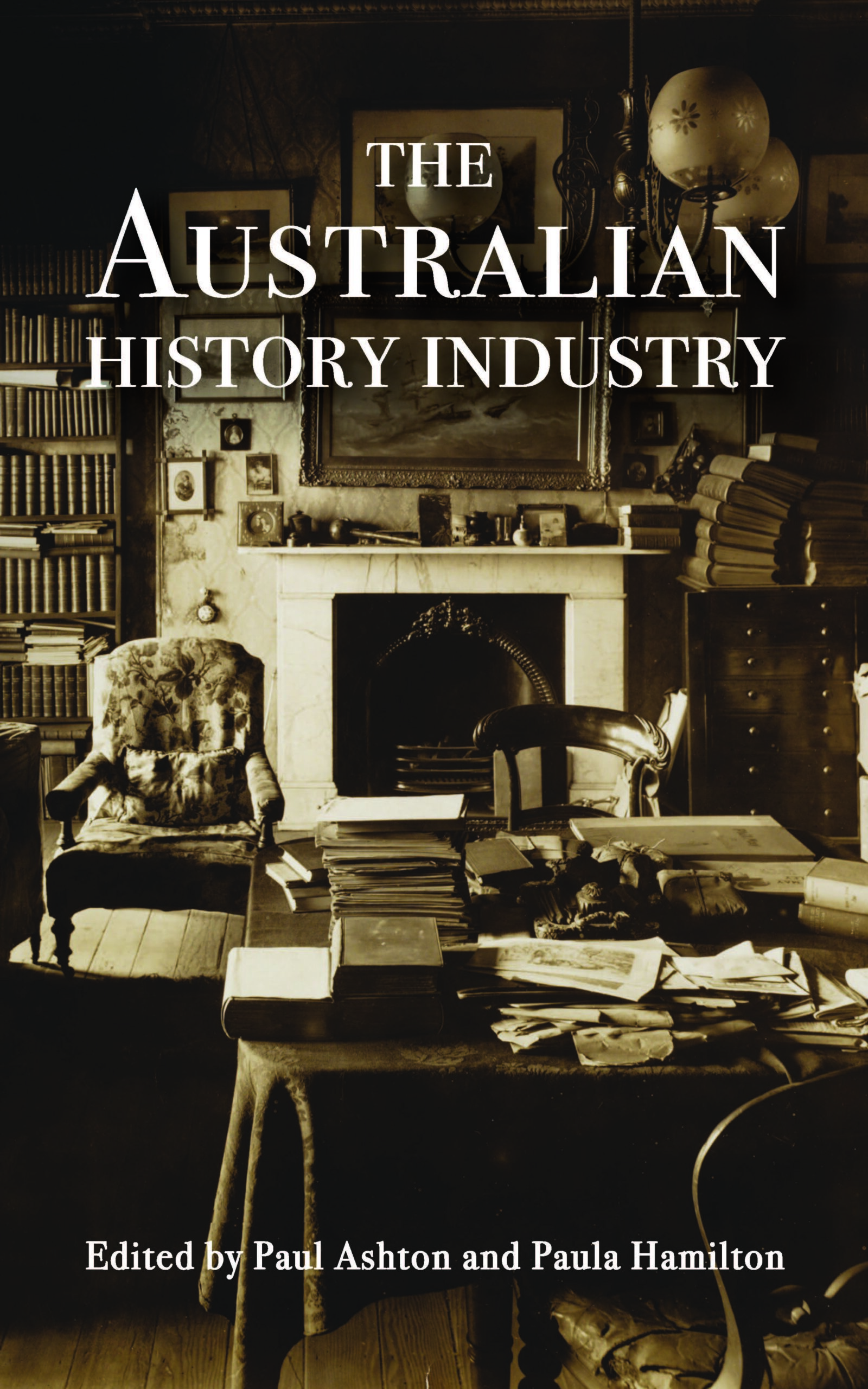
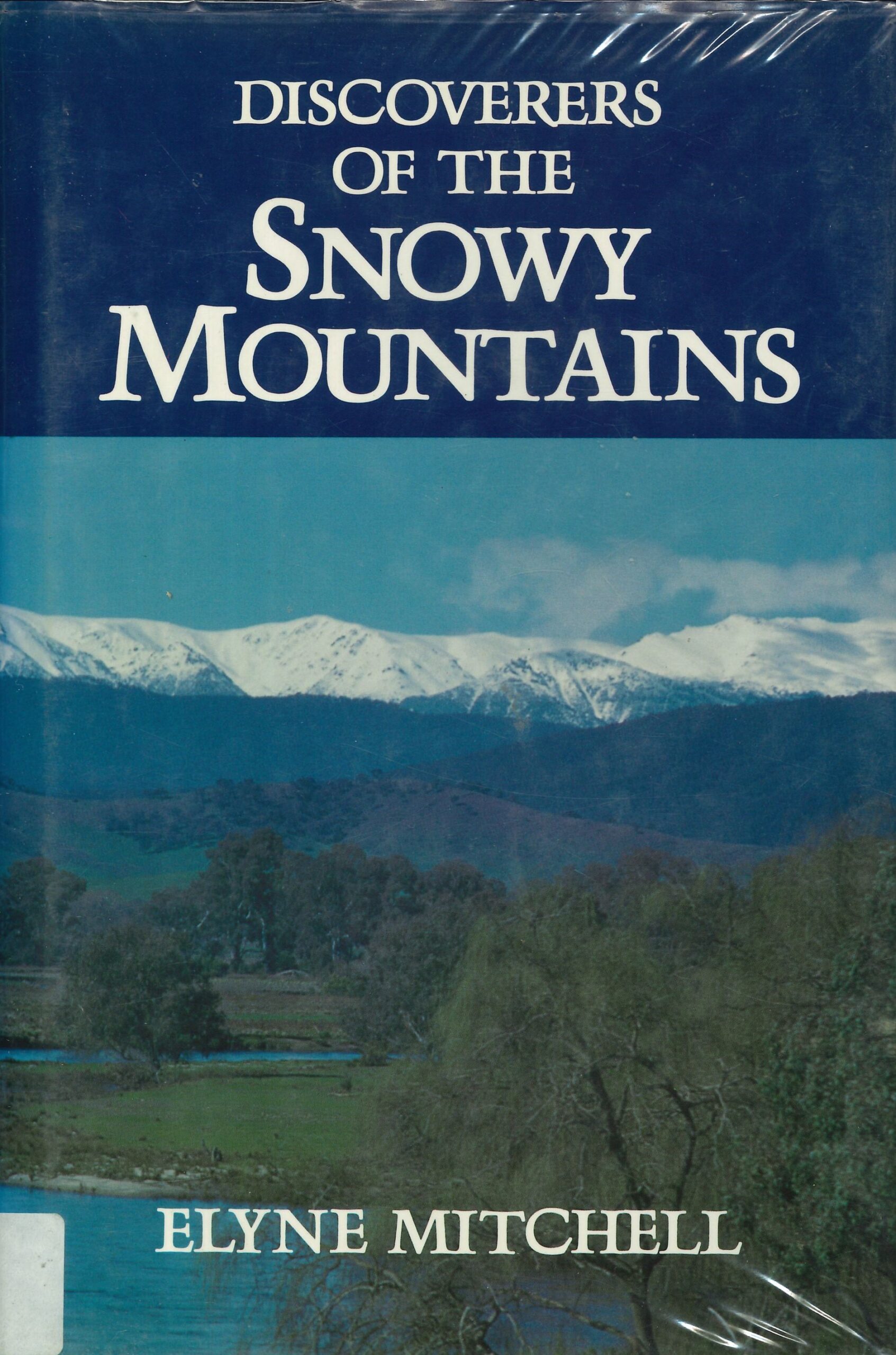
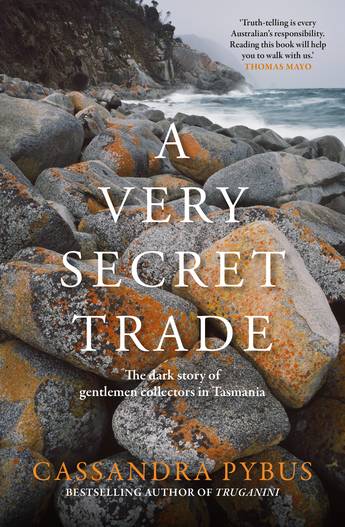
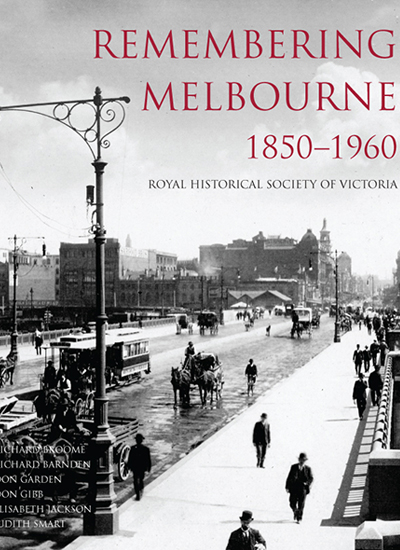
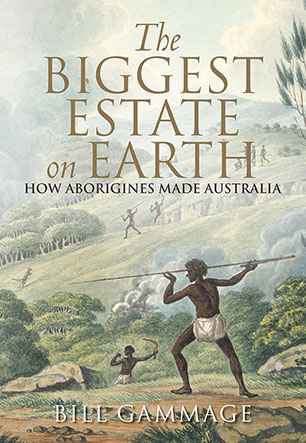
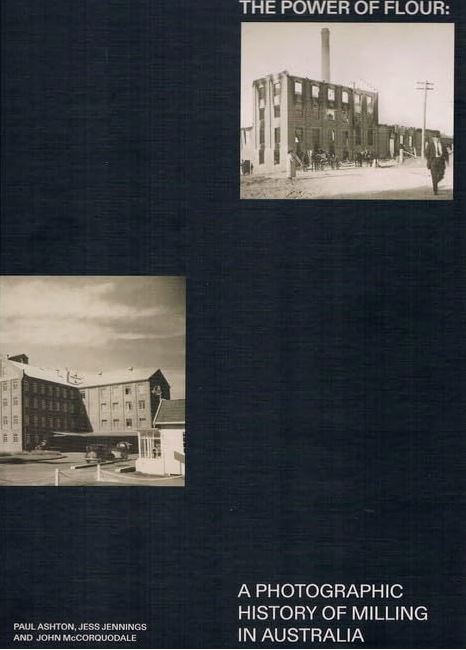
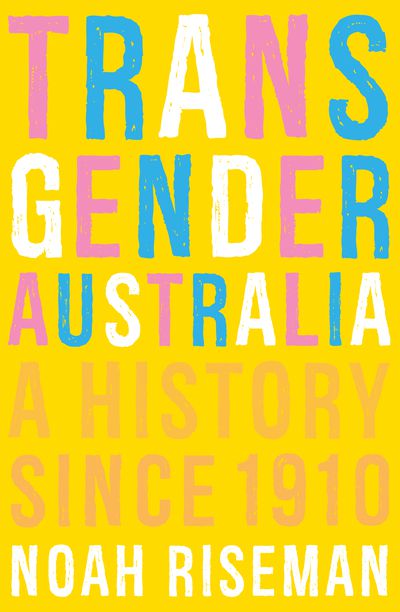







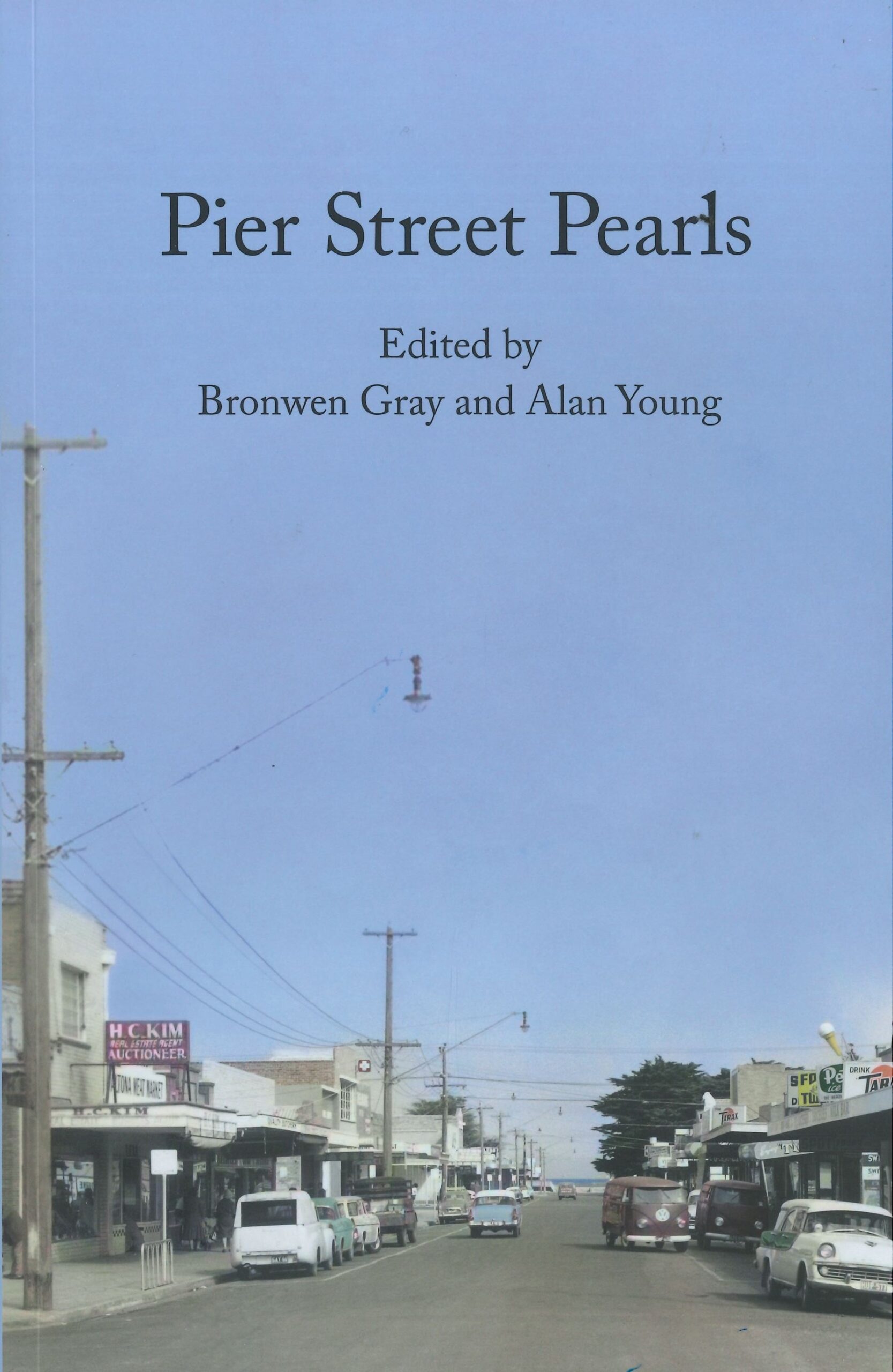
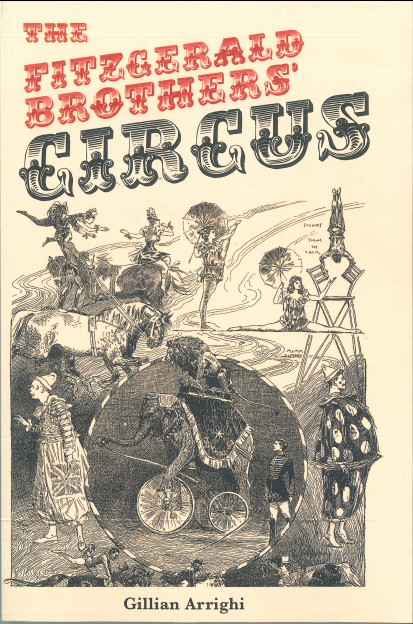


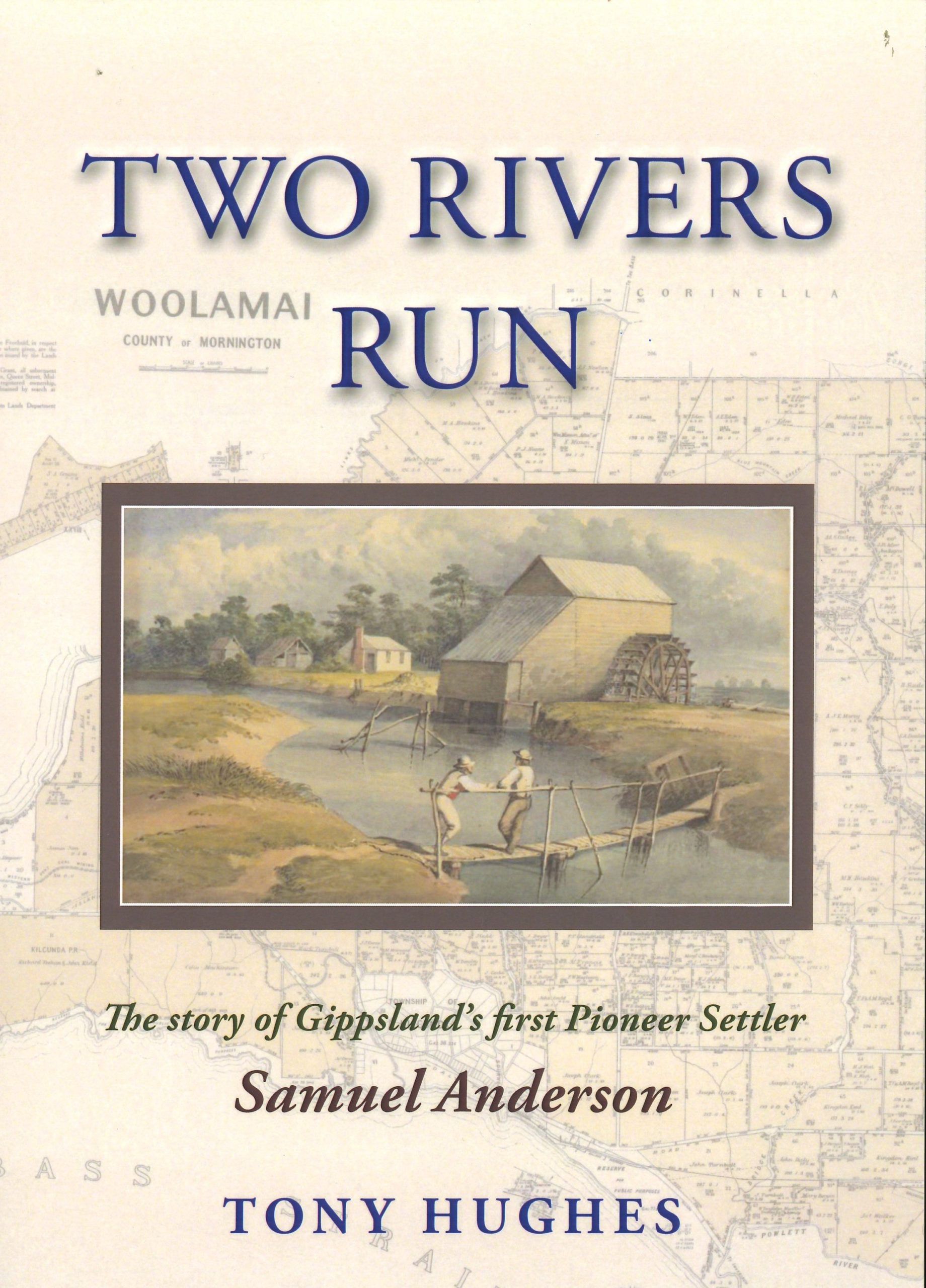
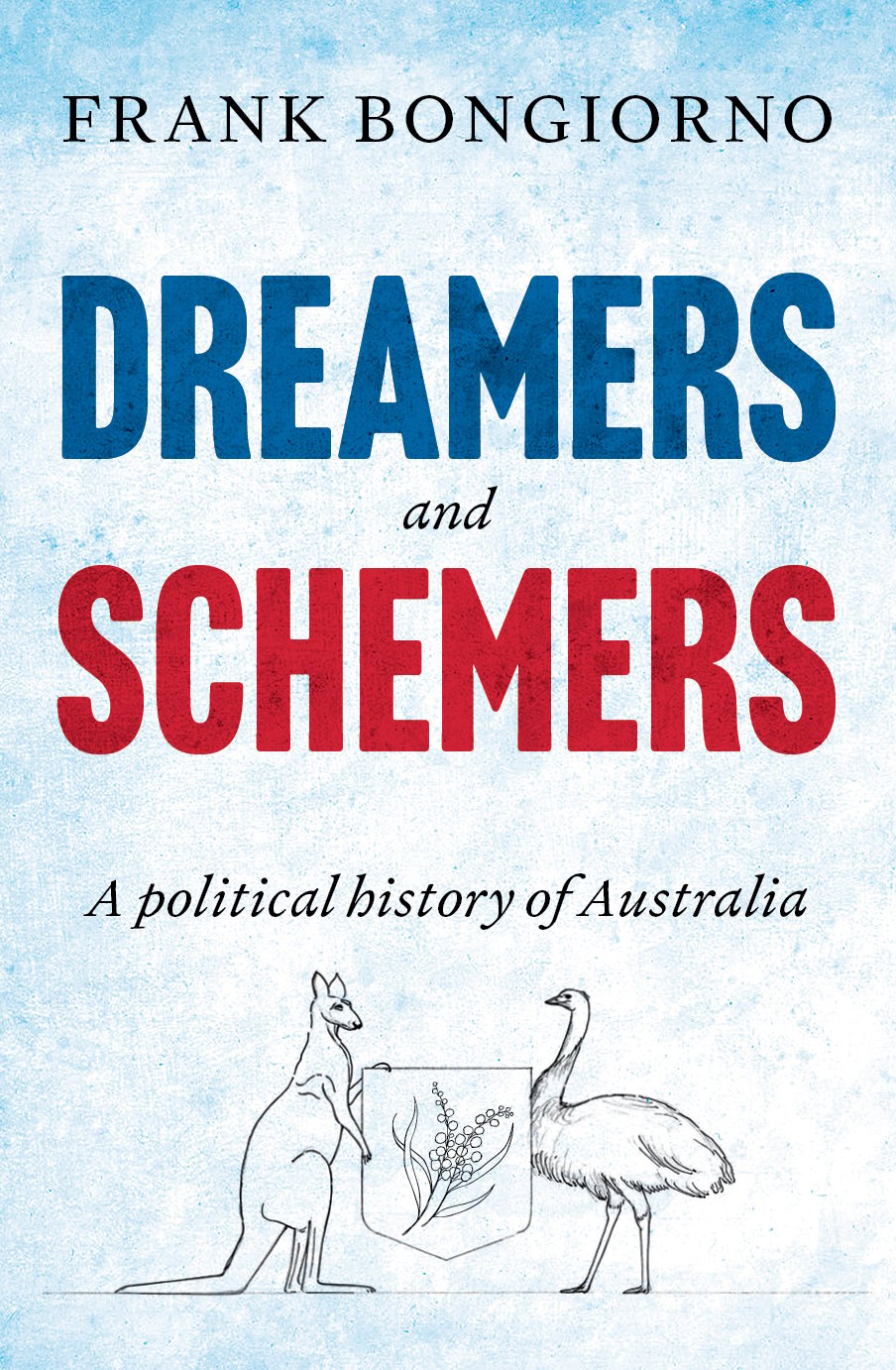

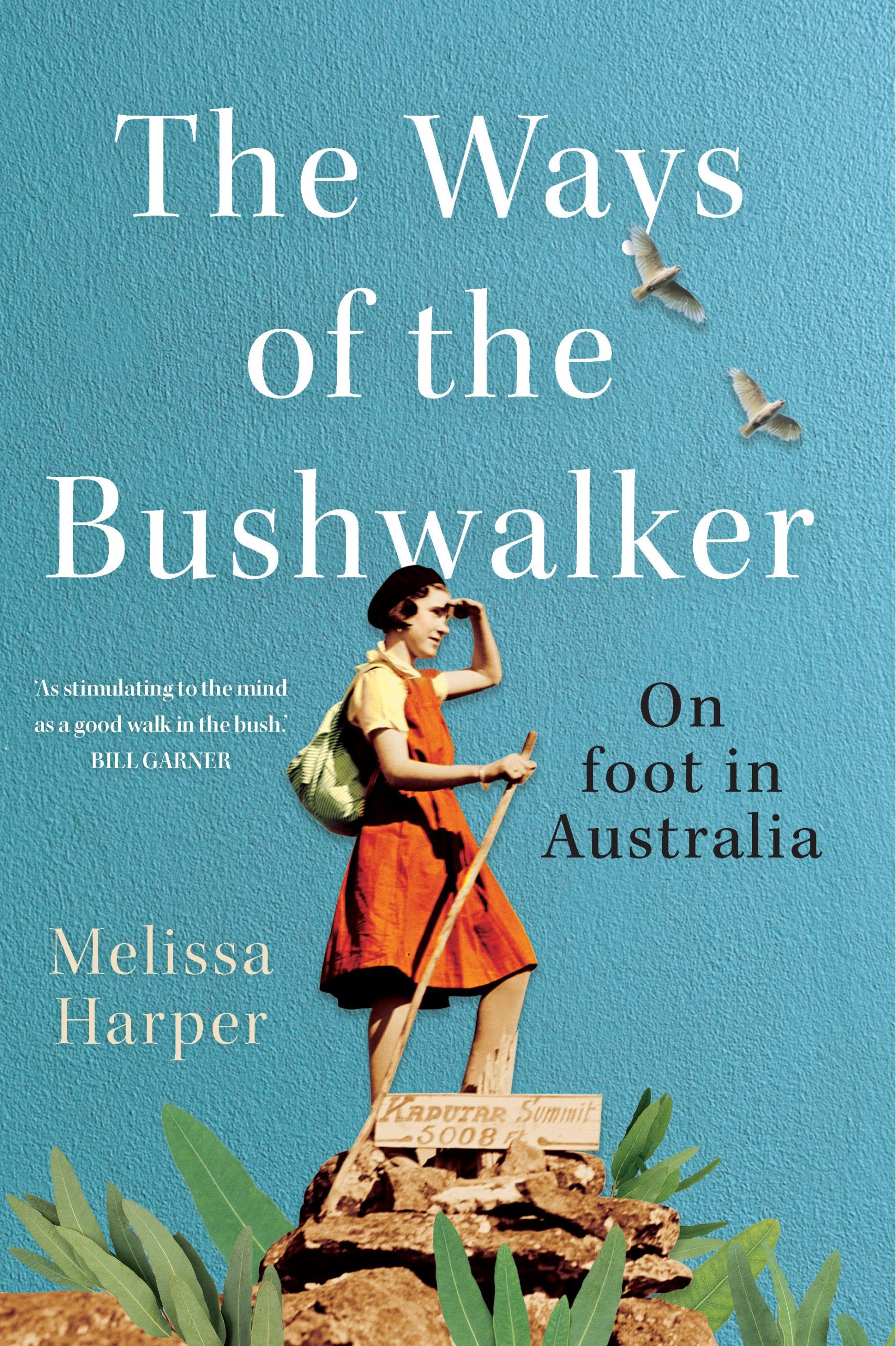
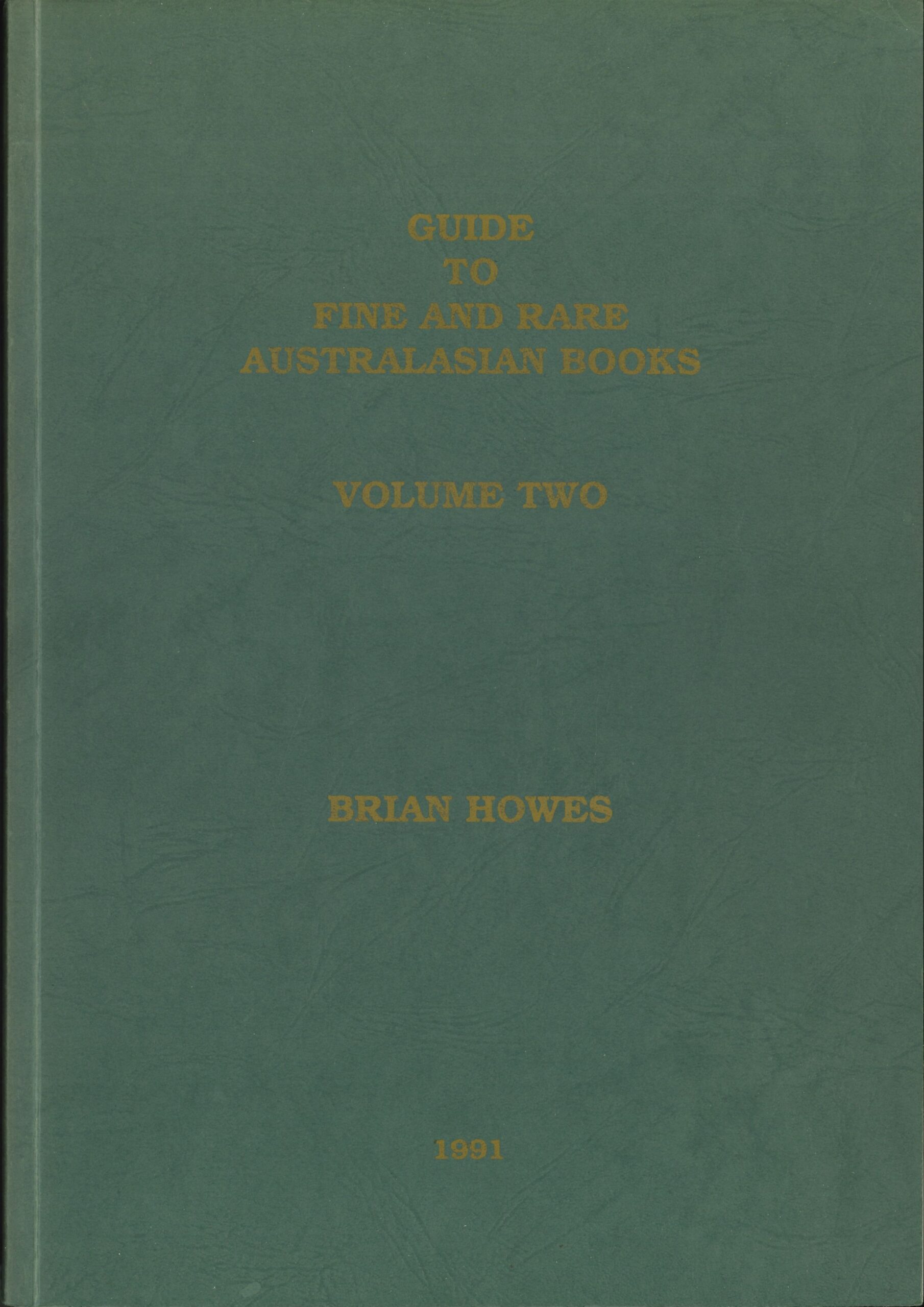
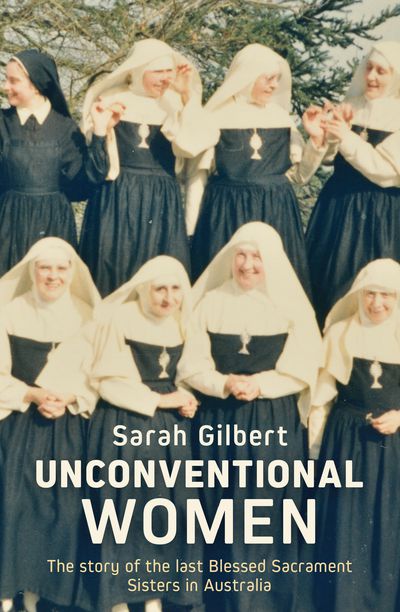
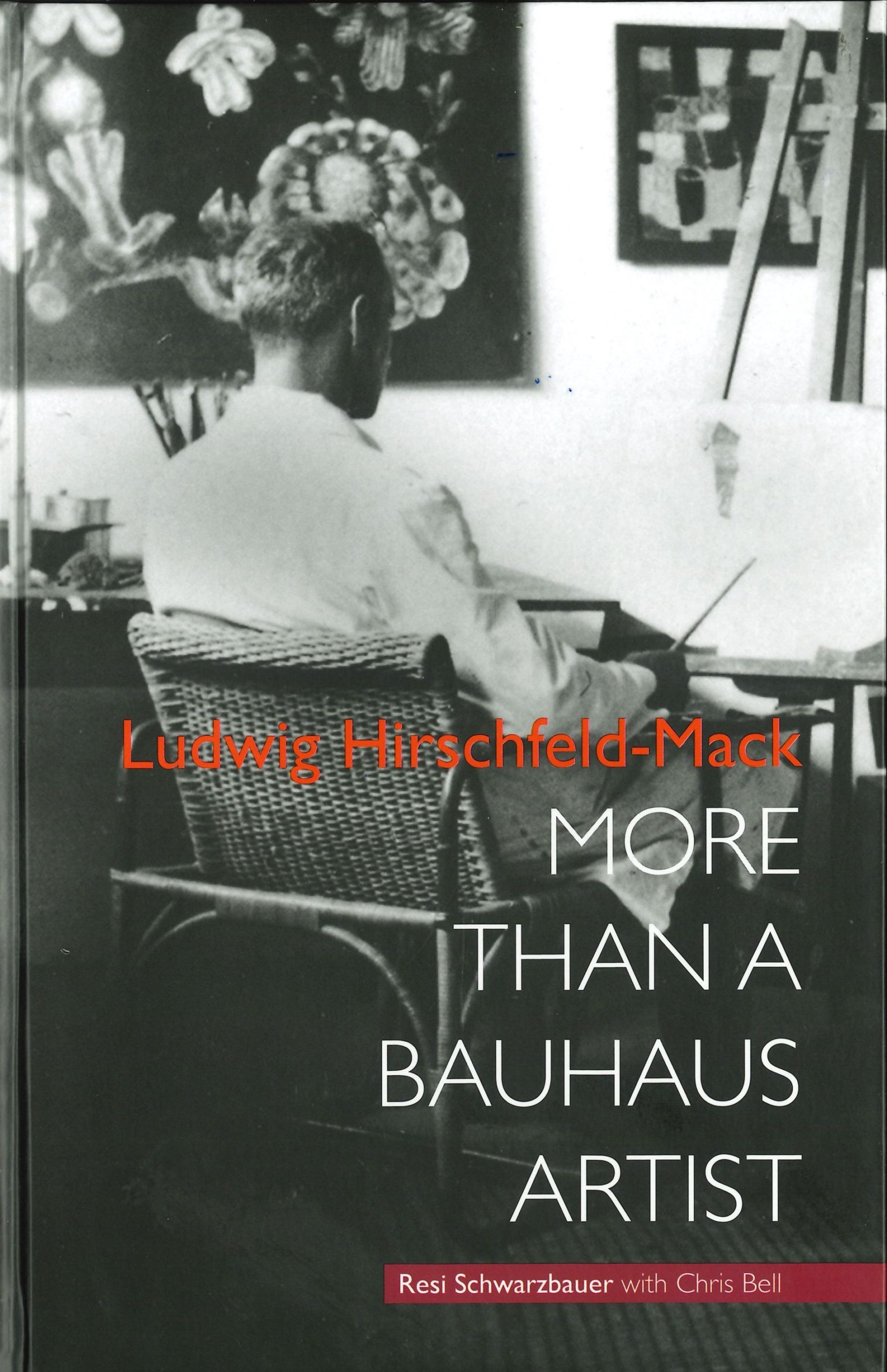
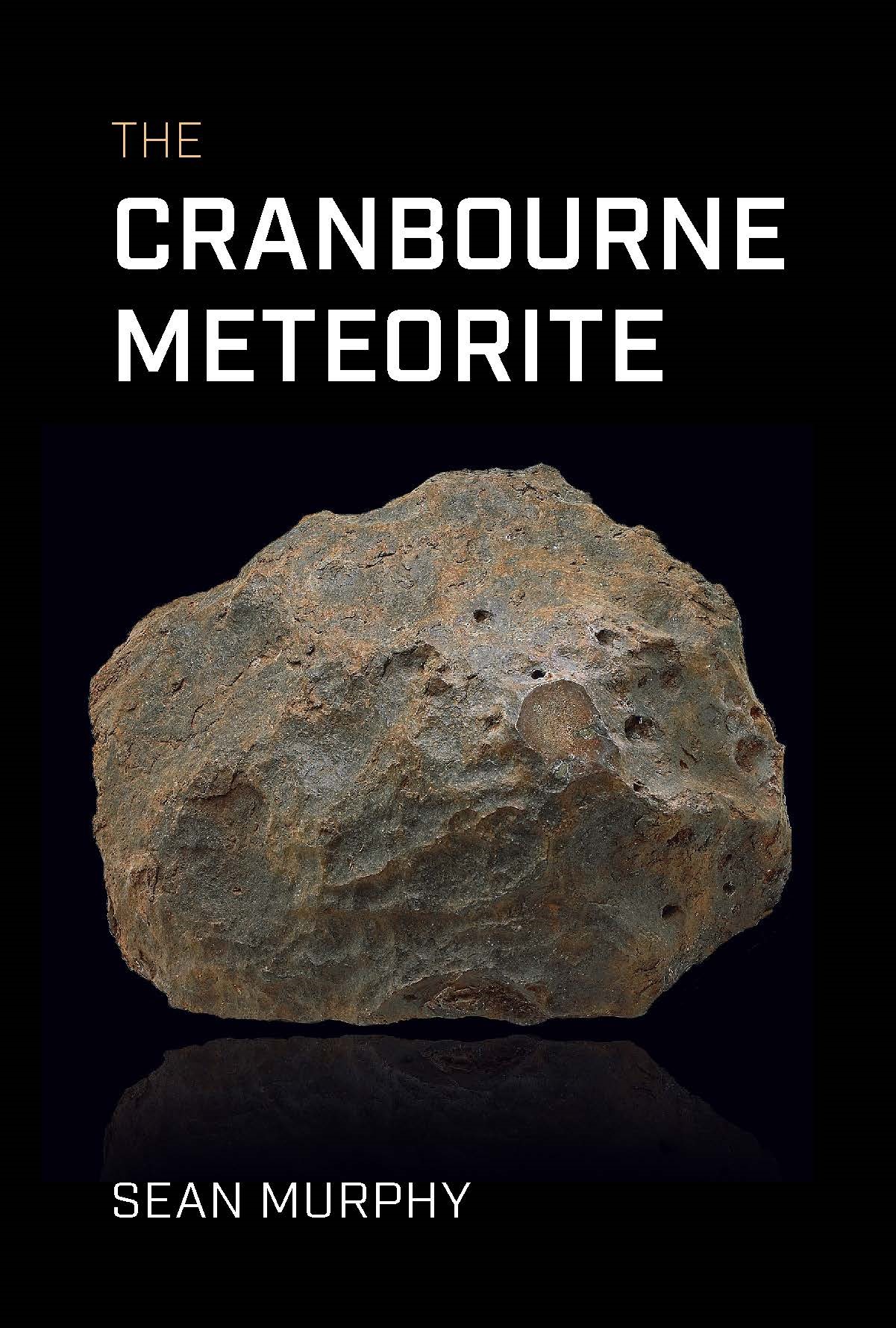




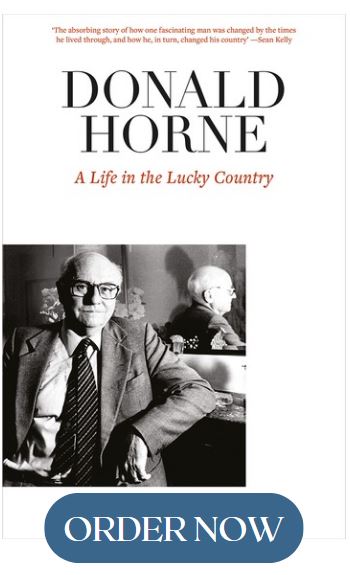
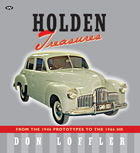


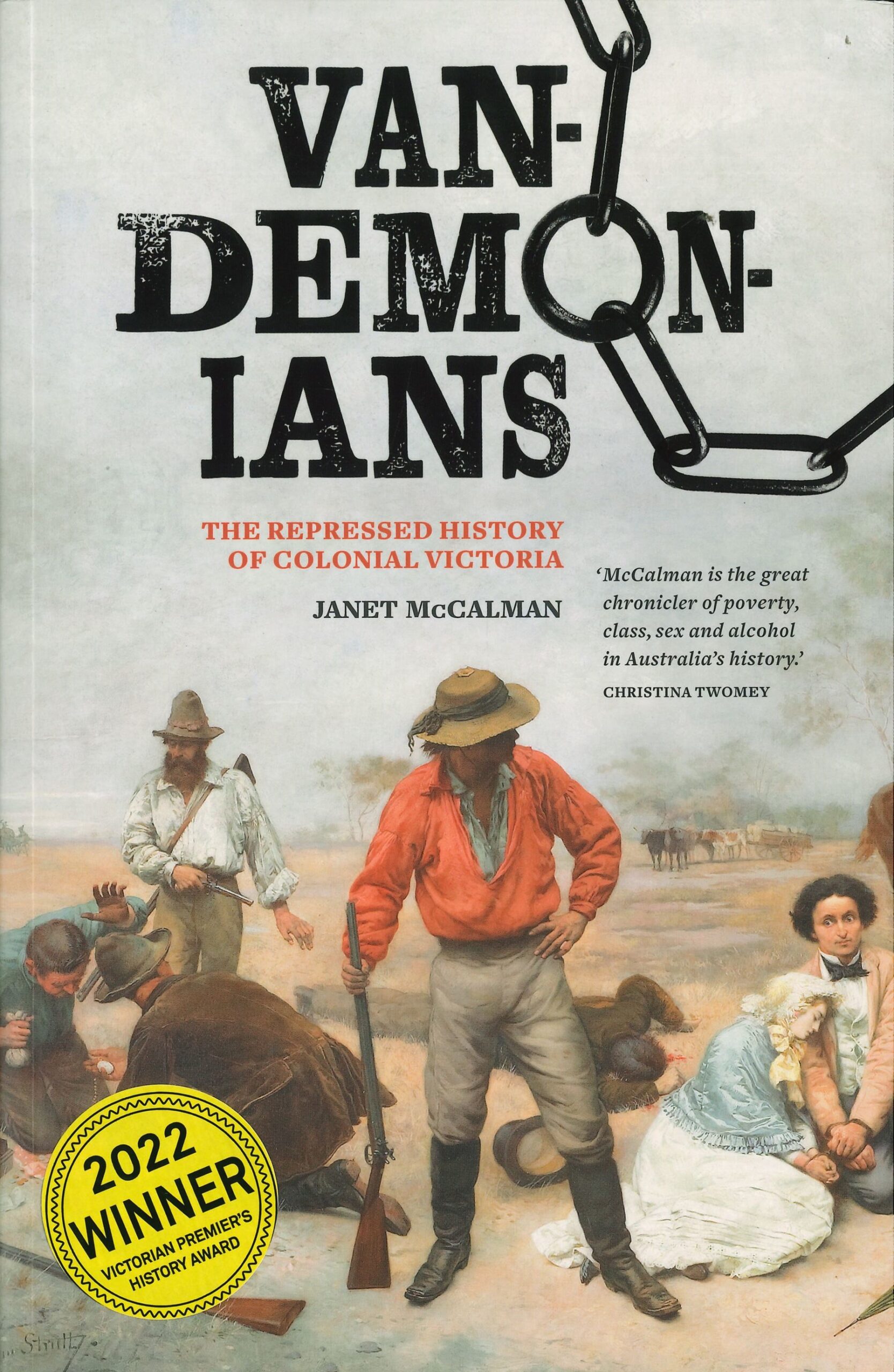
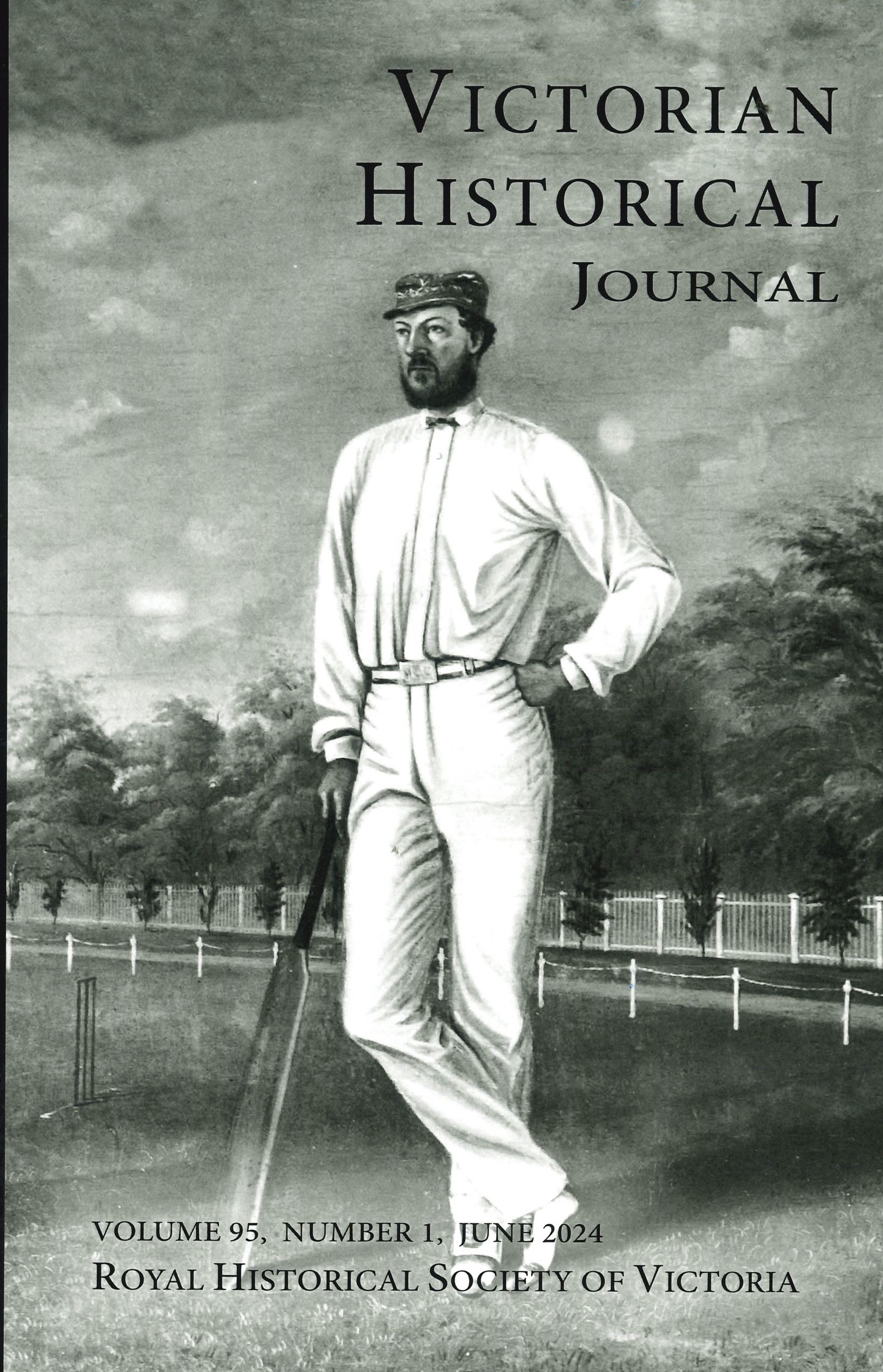


 239 A'Beckett Street Melbourne, Victoria, 3000
239 A'Beckett Street Melbourne, Victoria, 3000  03 9326 9288
03 9326 9288  office@historyvictoria.org.au
office@historyvictoria.org.au  Office & Library: Weekdays 9am-5pm
Office & Library: Weekdays 9am-5pm


Book Reviews Reviews
There are no reviews yet.